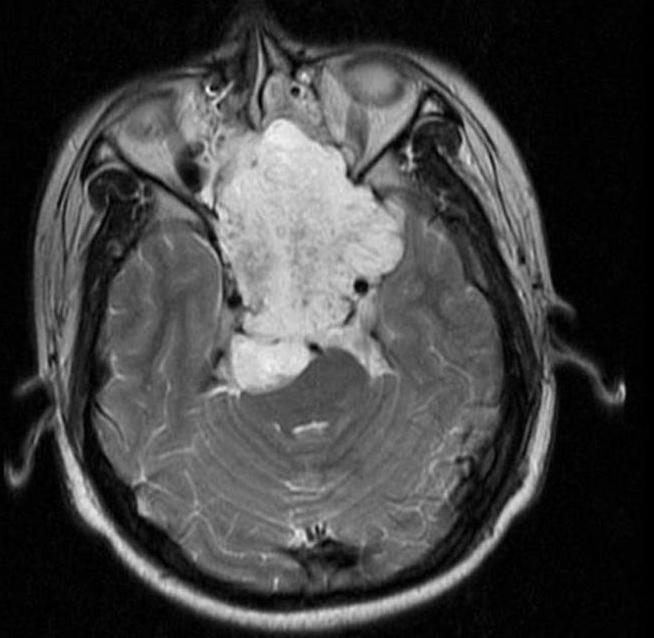Prostate Cancer Operation
What is Prostate Cancer Operation?
Prostate cancer operation is the most effective treatment in the early stages of prostate cancer if cancer hasn’t spread to distant sites such as bones and lymph nodes. The most common surgery for prostate cancer is called; Radical Prostatectomy. The goal of surgery is to remove all cancer. During a radical prostatectomy, the entire prostate gland, and some tissue around it including seminal vesicles will be removed.
What are the Types of Radical Prostatectomy?
Radical prostatectomy can both be performed as laparoscopic, robotic, or as open surgery.
Robotic radical prostatectomy is performed just like laparoscopic radical prostatectomy. They are both minimally invasive. Robotic radical prostatectomy surgery is performed with robotic surgical equipment to remove the entire prostate.
Both with the robotic and laparoscopic techniques, the surgeon will operate the surgery through small ports rather than large incisions.
Laparoscopic Radical Prostatectomy surgery is another option. Laparoscopic removal of the prostate gland provides potential benefits of a minimally invasive. Laparoscopic prostate surgery is performed with the aid of a small camera. Minimally invasive surgery for prostate cancer provides reduced pain, shorter hospital stays, and a faster recovery.
Open radical prostatectomy, the most common type of treatment option, requires the complete removal of the prostate gland. In open surgery, the surgeon will make a vertical 3.5-inch incision, starting at the top of the pubic bone to see the surgical site clearly.
The aim of all types of radical prostatectomy operations is to cure prostate cancer.
Who is an İdeal Candidate for Radical Prostatectomy
Radical prostatectomy will be recommended if;
cancer hasn’t spread outside the prostate gland,
cancer has spread to the area just outside the prostate gland,
the individual is well enough to have the operation.
During all types of Radical Prostatectomy surgery, the individuals will be given general anesthesia. According to the type of surgery chosen the surgeon will make incisions. For a common type of Radical Prostatectomy also known as open Radical Prostatectomy surgery; the surgeon will make a vertical 3.5-inch incision, starting at the top of the pubic bone.
During the robotic radical prostatectomy, the surgeon will make 5 small incisions in the lower abdomen. The dimensions of these incisions are about the diameter of a pencil. Through these incisions, the robotically controlled camera and the laparoscopic instruments with wrist-like maneuverability will be passed to perform the procedure. After removing the entire prostate gland, and some tissue around it including seminal vesicles to minimize the risks of complications the suturing will be done inside the body.
During the laparoscopic radical prostatectomy surgery, the surgeon will make small incisions to insert surgical instruments and a camera. After removing the prostate gland, the seminal vesicles, and some tissue around it, the urethra will be reattached to the bladder neck and the surgeon will finish the operation. As opposed to robotic instruments, standard laparoscopic instruments have a much more limited range of motion.
The surgery takes around 3 hours to complete.
Risks of Prostate Cancer Operation?
The risks of Prostate Cancer Operation are much like any major surgery risks. The common potential risks of prostate cancer operation are;
Reactions to anesthesia
Bleeding
Blood clots
Damage to nearby organs
Infections at the surgery site
The risks that are directly related to prostate cancer operations are rare but possible;
Especially with laparoscopic and robotic surgeries, injuries to the intestines are common which leads to infections in the abdomen and requires surgery to fix the problem.
Increased risk of an inguinal hernia in the future.
Temporary urinary incontinence
Temporary erectile dysfunction
For further information and treatment please contact…

